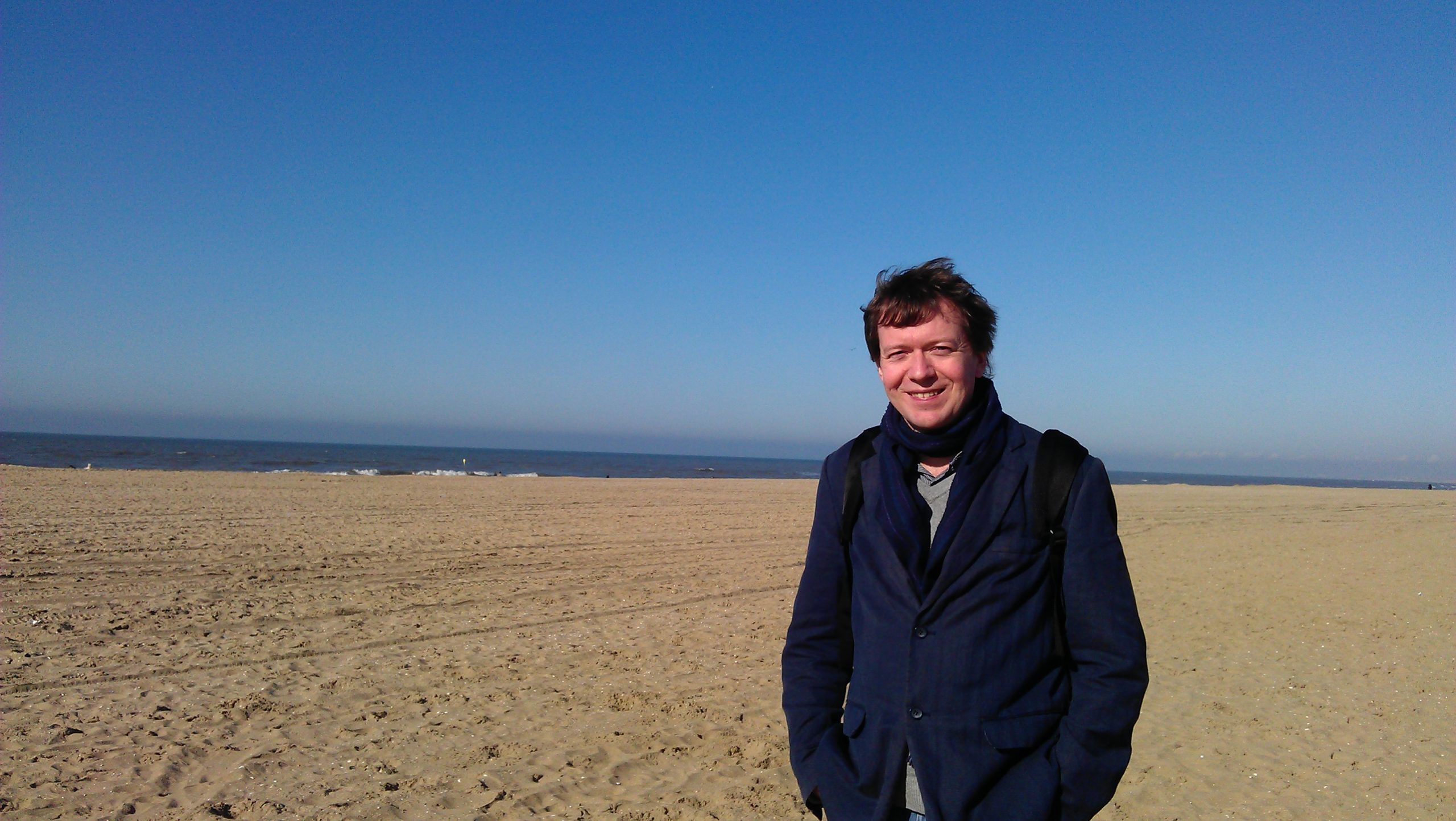
The train from London’s St Pancras station took me to St Albans to see director Todd Haynes’ film Carol at the Odyssey cinema.
When the train arrived at St Albans City station I had a quick look at the well-preserved old railway signal box that still stands beyond the end of platform 4, before heading into the wonderfully atmospheric centre of St Albans.
The architecture in St Albans oozes historical character.
It reminded me of York, although St Albans has a different feel, being in a more elevated position than York so that as you wander around the streets and alleyways of St Albans’ old centre you often get long scenic views stretching out from the end of the streets down and across the surrounding countryside.
‘Commit No Nuisance’, said a sign on one of the doors of the medieval Clock Tower in the Market Place.
On this drab January day there weren’t many people about.
I wandered through the Village Arcade off the High Street, past Abigail’s Tea Rooms and on towards the nearby Cathedral.
Before getting there, I lingered a few moments in the Vintry Garden in the shadow of the Cathedral.
The garden was damp and muddy today after all the recent rain, but it still had a lot of charm.
It was hard to imagine that there used to be vineyards here in the thirteenth century.
After circling round the Cathedral I dropped into the White Hart Hotel pub on Holywell Hill. It’s a cosy wood-panelled pub, a perfect retreat on a bleak winter day like this. I ordered a pint of Alban Ale, the local brew, which was superb.
After the beer I ventured out again, taking a couple of pictures of the beautiful art deco building that currently houses a Café Rouge restaurant just along from the White Hart Hotel pub.
That building has got an interesting history, having originally been a seed hall owned by Samuel Ryder, founder of golf’s Ryder Cup. It’s a squat, compact, whitewashed building with elegant windows and a very pleasing geometric form.
From one St Albans art deco gem to another – after admiring the Café Rouge building, I made my way to today’s destination cinema, the Odyssey.
The Odyssey certainly merits the twenty-mile journey from London.
The cinema has been restored to its original art deco splendour and the auditorium is stunning.
Seat C27 in the upper section where I was sitting was extraordinarily comfortable.
It’s a big place, too. The screen is a very decent size.
As I luxuriated in the Odyssey’s art deco opulence, the pre-film background music consisted solely of David Bowie songs; a fitting, poignant tribute, this being the day he died.
The Odyssey proved to be the perfect cinema in which to watch Todd Haynes’ ‘Carol’.
The majesty of the auditorium complemented the elegance, the beautiful colours, and the superb cinematography of the film.
Scenes of the film fade and blur, with ambient sound drifting in and out of the viewer’s consciousness.
It’s poetic and entrancing.
Subtle touches abound in ‘Carol’, such as the camera occasionally lingering on the back of the head of a character rather than showing the character face-on.
This thoughtful technique is very effective, as it allows you to interpret yourself how the character is feeling rather than being told it directly by seeing the expression on the character’s face.
As the eponymous Carol, Cate Blanchett is terrific.
She somehow manages to come across as powerful and fragile at the same time.
Rooney Mara is equally good as Therese Belivet.
‘Carol’ is a couple of hours long, but it is so good I would have been happy for it to go on longer.
Related Post: ‘Nocturnal Animals’, Curzon Chelsea, London